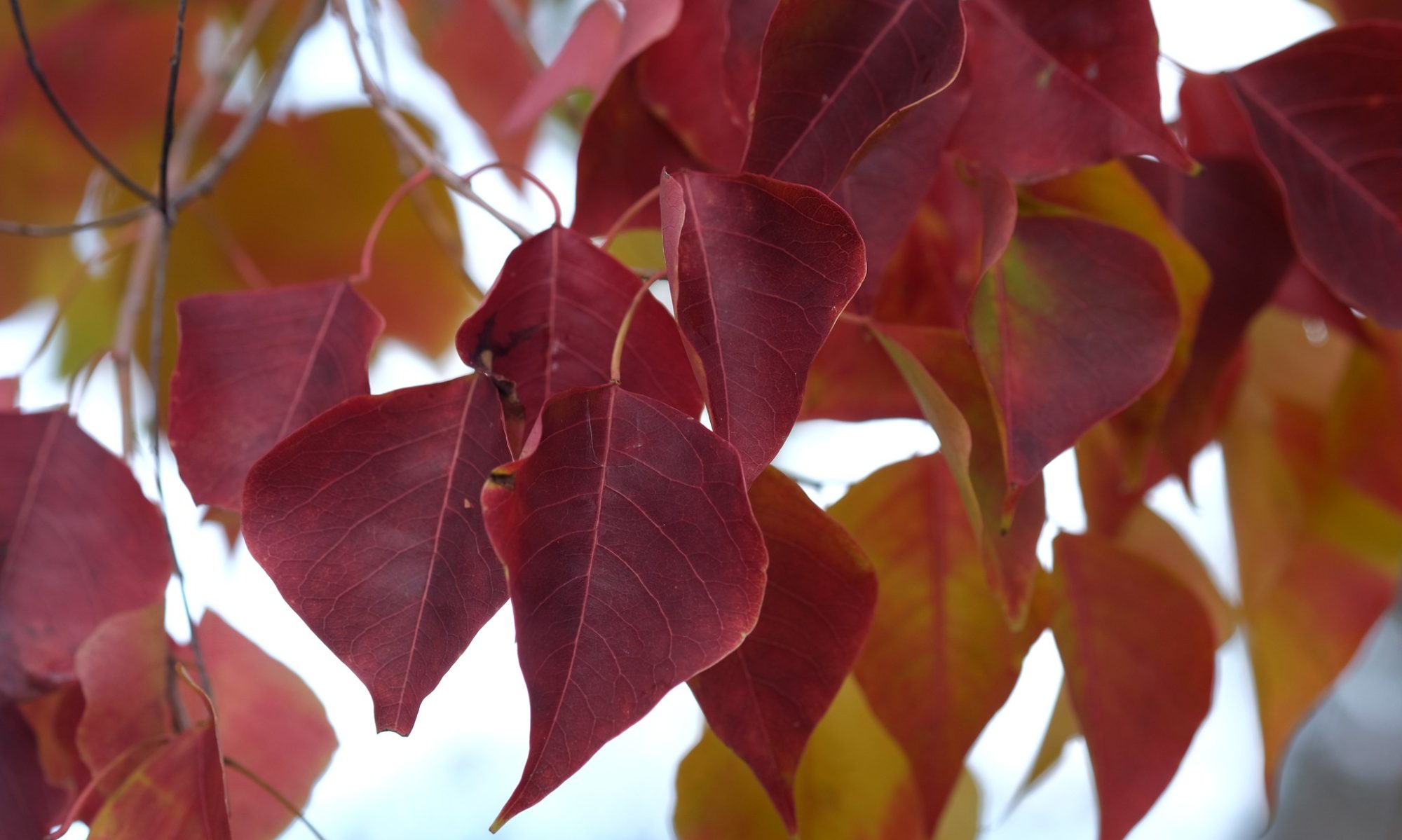Today, October 16, is Ada Lovelace Day: write or record a story about a woman in science, technology, mathematics or engineering (STEM) whose achievements you admire.
This is a slightly updated version of a profile that has appeared on Geek Feminism and Hoyden About Town.
Marita Cheng was named as the Young Australian of the Year winner at the beginning of the year. She’s been involved in volunteering since she was a high school student, and in 2008, early in her undergraduate studies (mechatronic engineering and computer science at the University of Melbourne) she founded Robogals, which is an engineering and computing outreach group, in which women university students run robotics workshops for high school age girls.
Marita, while still in the final year of her undergraduate degree, is also an entrepreneur and has been previously awarded for her work as founder of Robogals, including winning the Anita Borg Change Agent award in 2011. In 2012 she travelled to several countries with the aid of the Nancy Fairfax Churchill Fellowship to study “strategies used to most effectively engage female schoolgirls in science, engineering and technology.”
While I have heard of Robogals, I hadn’t heard of Marita specifically before she became Young Australian of the Year. One of the fascinating things about starting the Ada Initiative is slowly discovering all the other amazing women who work in technology career outreach and related endeavours. But it’s a little embarrassing, judging from her bio, to have not heard Marita Cheng’s name before the beginning of the year!
Further reading:

Ada Lovelace Day: Marita Cheng, Robogals founder by Mary Gardiner is licensed under a Creative Commons Attribution-ShareAlike 4.0 International License.


